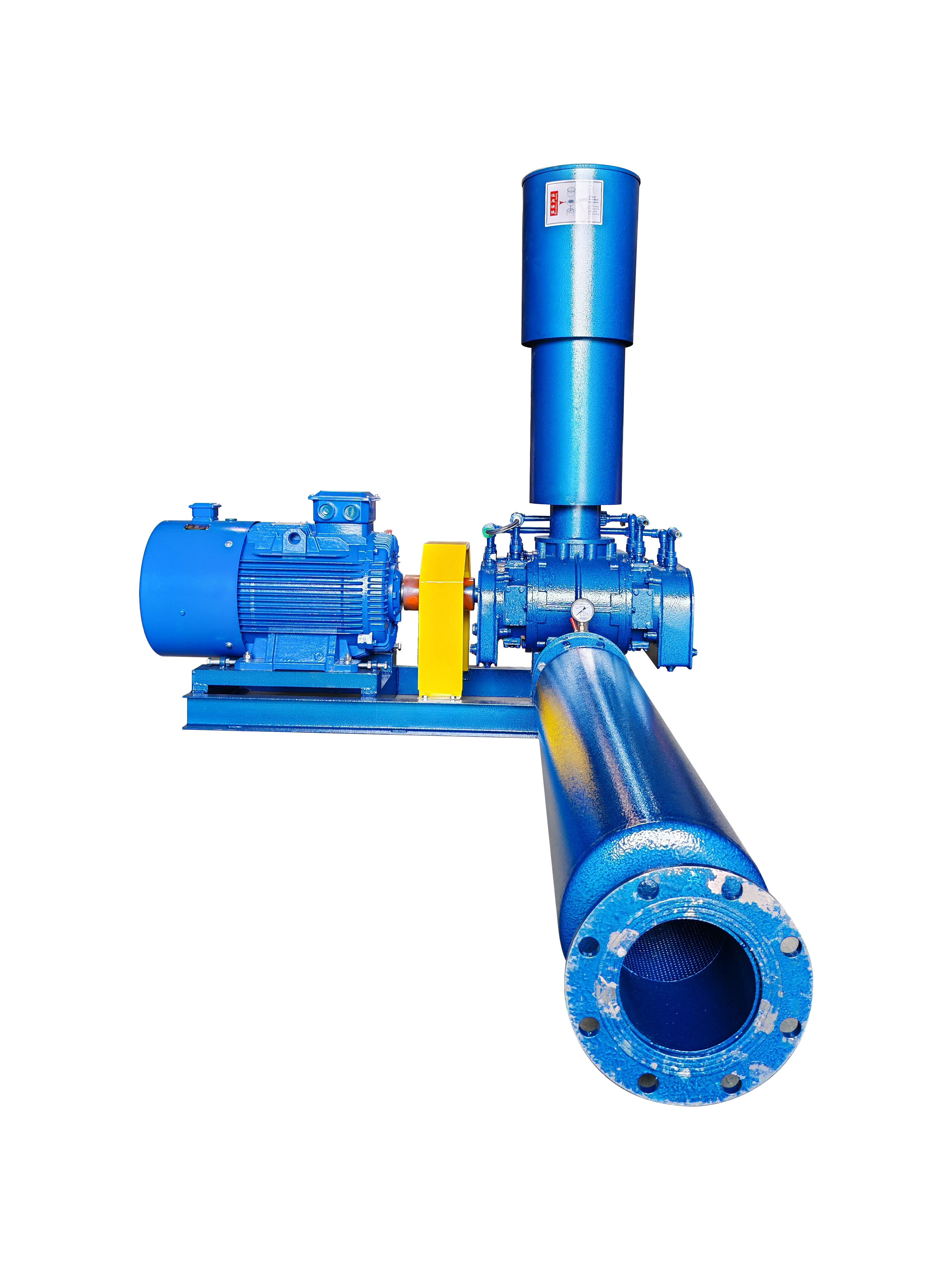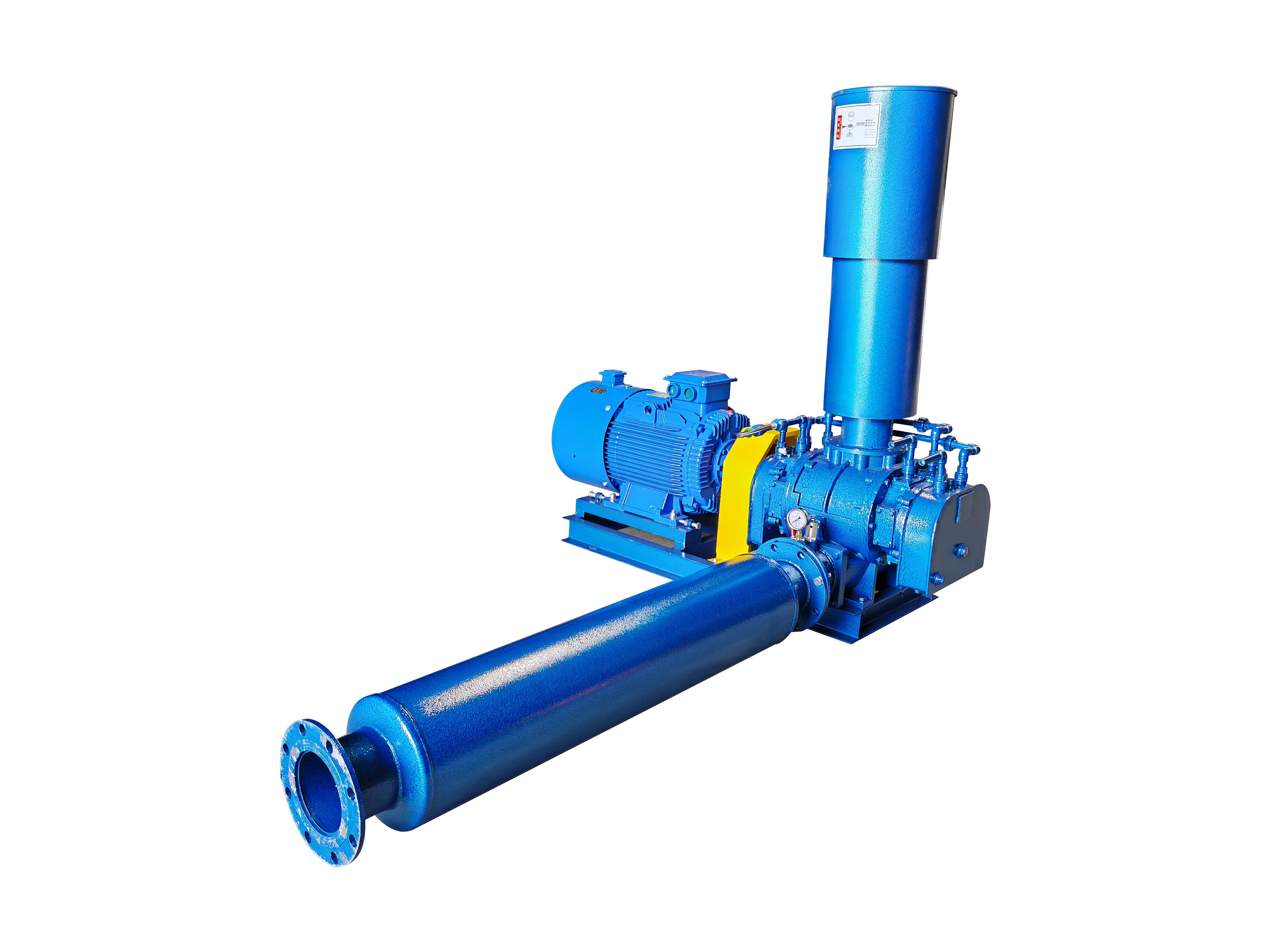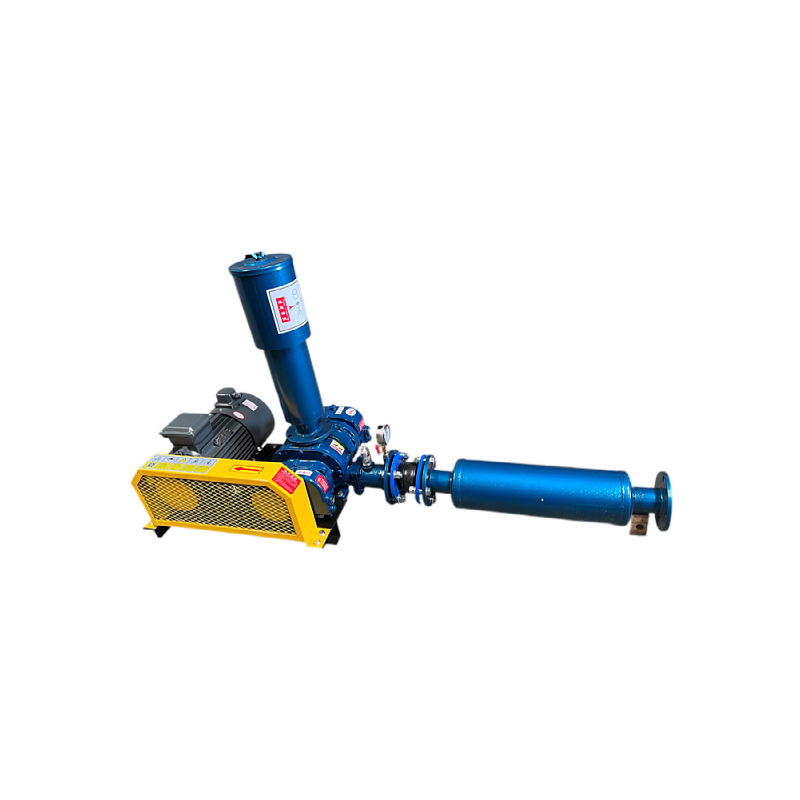root blower for fish pond
A root blower for fish pond is an essential piece of equipment designed to maintain optimal oxygen levels in aquaculture environments. This sophisticated aeration system utilizes two synchronized rotors rotating in opposite directions to create a continuous flow of compressed air. The system efficiently delivers oxygen-rich air through diffusers placed strategically throughout the pond, ensuring uniform distribution of dissolved oxygen. The root blower's robust construction typically features precision-engineered cast iron housing and hardened steel rotors, making it highly durable and reliable for long-term operation. Operating at relatively low speeds, these blowers can maintain stable pressure levels while consuming minimal energy, making them cost-effective for continuous operation. The system's design incorporates advanced sealing mechanisms to prevent oil contamination, ensuring the delivered air remains clean and suitable for aquatic life. Modern root blowers also feature thermal protection systems and pressure relief valves for safe operation, along with adjustable flow rates to accommodate varying pond sizes and stocking densities. This versatile equipment plays a crucial role in maintaining healthy fish populations by preventing oxygen depletion, supporting higher stocking densities, and promoting optimal growth conditions.



